Introduction
With spring in full bloom, it’s an opportune time to rejuvenate your garden with fresh plantings that promise vibrancy and vitality. Among the assortment of options, Dogwood trees stand out with their striking aesthetics and hardy nature. Incorporating Dogwood trees into your landscape not only adds seasonal beauty but also enhances biodiversity, offering a haven for various birds and insects.
This guide will provide you with detailed insights into understanding, planting, and caring for Dogwood trees, ensuring your efforts this spring yield a flourishing garden.

Understanding Dogwood Trees
1.1 Types and Varieties of Dogwood Trees
Dogwood trees come in numerous varieties, each offering unique features and benefits that suit different landscaping needs. Here are some popular ones you might consider:
Flowering Dogwood (Cornus florida)
The Flowering Dogwood is perhaps the most renowned, celebrated for its brilliant show of flowers in early spring. It blooms with vibrant white or pink flowers that transform into scarlet red fruits, making it a focal point in gardens across the country. As autumn approaches, the leaves turn a rich, striking red.
Kousa Dogwood (Cornus kousa)
An exotic beauty originating from Asia, the Kousa Dogwood features a later blooming season compared to its Floridian counterpart. The tree produces star-shaped white flowers that evolve into raspberry-like fruits. Its multi-seasonal interest makes it a popular choice for ornamental purposes.
Cornelian Cherry Dogwood (Cornus mas)
This shrub-like species serves as a wonderful option for those seeking something beyond the traditional tree form. Known for its small yellow flowers in late winter, it bears red cherry-like edible fruits in summer. Its adaptability makes it a versatile option for both urban and rural settings.

1.2 Benefits of Planting Dogwood Trees
Dogwood trees are not only aesthetically pleasing but also offer several ecological benefits. They provide essential shelter and food for wildlife, especially when other resources are scarce. Additionally, they enrich the soil with leaf litter and are relatively low-maintenance compared to other ornamental trees.
Choosing the Right Spot for Your Dogwood Tree
2.1 Understanding Sunlight Requirements
While Dogwoods are versatile, understanding their sunlight preferences can significantly impact their growth. Most varieties thrive in partially shaded environments, although some, like the Kousa, can endure full sun if adequately watered.
2.2 Soil Conditions and pH Levels
Dogwoods flourish in well-drained, acidic soil with a pH ranging between 5.5 and 6.5. Testing your garden soil is essential to determine its compatibility with Dogwood trees. Consider improving clay-heavy or sandy soils by incorporating organic matter like well-decomposed compost.
2.3 Spacing and Layout Considerations
Proper spacing is key to ensuring that your Dogwood tree has enough room to grow and display its full beauty. Generally speaking, spacing them about 20 feet apart will accommodate their mature size and prevent overcrowding in the future. Consider the mature canopy spread when planting near paths or structures.

Planting Dogwood Trees
3.1 Preparing the Site
Begin by selecting a site that meets the sunlight and soil requirements discussed earlier. Clear away any debris or competing vegetation. Loosen the soil using a shovel or tiller to ensure it is workable and free of compaction. Test your soil’s drainage by digging a small hole and filling it with water; if it drains quickly, it is suitable.
3.2 Planting Techniques
Here is a step-by-step guide to plant your Dogwood tree successfully:
- Dig the Hole: Create a hole that is twice the width and the same depth as the root ball.
- Prepare the Root Ball: Gently remove the tree from its container or packaging. If the roots are compacted, use your fingers to spread them out lightly.
- Position the Tree: Place the Dogwood tree in the center of the hole. Ensure the top of the root ball is level with the soil surface.
- Backfill: Return the excavated soil to the hole, ensuring there are no air pockets. Press down gently as you fill.
- Watering: Water thoroughly to settle the soil and remove any remaining air pockets.
- Mulching: Apply a layer of mulch around the tree base to conserve moisture and suppress weeds, keeping it away from the trunk to prevent rot.
3.3 First Year Care
Caring for your Dogwood tree during its first year is crucial for establishing roots and ensuring health:
- Watering: Provide deep watering once a week, particularly during dry spells.
- Pruning: Minimize pruning unless there are broken branches, as this initial period focuses on establishing the plant.

- Pest Monitoring: Keep an eye out for leaf spot or pests such as borers, addressing any issues promptly with organic treatments.
Ongoing Care for Dogwood Trees
4.1 Watering and Fertilizing
Though Dogwoods prefer moist conditions, overwatering can lead to root diseases. Established trees require about one inch of water per week during droughts. For fertilizer, consider a slow-release formula high in phosphorus for root development. Aim to fertilize in late winter to early spring.
4.2 Pruning Practices
Dogwoods generally require minimal pruning. However, removing dead or overcrowded branches can improve air circulation and sunlight penetration, reducing disease risk. Conduct pruning in late fall or winter during dormancy to avoid sap bleeding.
4.3 Preventing and Treating Common Diseases
Dogwoods are susceptible to a few common issues such as Anthracnose, which can be managed by maintaining good air circulation within the canopy and clearing fallen leaves. If you encounter powdery mildew, consider applying organic fungicides or neem oil.
4.4 Winter Care
Protecting your Dogwood tree during winter ensures it survives harsh conditions. During the first few years, use burlap to shield young trees from frost damage. Also, maintain mulch to protect roots from freezing temperatures.

Enhance Your Garden with Additional Plantology Selections
Dogwood trees serve as excellent anchor points in any garden, but consider complementing them with a diverse range of plants available at Plantology. Our collection includes vibrant companions such as the Agapanthus Lily of the Nile, known for their brilliant blue blooms that beautifully contrast with Dogwood foliage. Our Agave Blue brings a distinct architectural element to your landscape design, adding texture and depth to your outdoor space.
Conclusion
Dogwood trees are a versatile and beautiful addition to any garden, offering ecological benefits and captivating beauty throughout the seasons. By understanding their needs and providing proper care, you can enjoy these elegant trees for years to come. As you embark on your gardening journey this spring, remember that Plantology is here to help you with all your planting needs. Explore our extensive range of plants and trees to find perfect additions to your garden this year.
Start your planting journey with Plantology today, and transform your garden into a thriving oasis!
Expanding On Dogwood Tree Varieties
5.1 Appalachian Spring
Among the hardiest Dogwood variants, the Appalachian Spring is particularly resistant to the often devastating Dogwood Anthracnose disease. This variety is a boon for gardeners in areas where humidity and fungal diseases can wreak havoc on less resistant plants. The Appalachian Spring boasts snow-white blooms, reminiscent of the first snowfall, which contrasts vividly against its lush green leaves.

Besides its resilience, what sets this variety apart is its compact size, making it suitable for smaller gardens or as an understory tree in larger landscapes.
5.2 Cherokee Chief
If you’re seeking vibrant hues, the Cherokee Chief might just be your ideal choice. Known for its striking pink to red blossoms, this Dogwood variety adds a warm burst of color to early spring landscapes. As fall approaches, the foliage transitions to a reddish-purple, ensuring your garden stays lively even as the season changes.
The Cherokee Chief is not only a feast for the eyes but also relatively easy to maintain. Its moderate growth rate and adaptability to various soil types make it a favorite among both novice and experienced gardeners.
5.3 Pagoda Dogwood (Cornus alternifolia)
Typically hailed for its unique horizontal branching pattern, the Pagoda Dogwood offers a layered look that provides architectural interest in any garden. This variety is perfect for those who appreciate structure in landscape design. In spring, it presents clusters of small, creamy-white blossoms followed by blue-black berries in summer that attract birds.
The Pagoda thrives in cooler climates and can adapt well to partial shade, making it an excellent choice for woodland or shaded garden settings. Its exquisite form and multi-seasonal beauty make it a rare and treasured addition to any landscape.

Companion Planting with Dogwood Trees
6.1 Enhancing Biodiversity
One of the perks of planting Dogwood trees is their ability to coexist harmoniously with various other plant species. They create a supportive ecosystem, attracting pollinators such as bees and butterflies in the spring and providing birds with food via their vibrant berries.
Consider pairing Dogwood trees with understory plants that thrive in similar conditions, such as ferns, hostas, and azaleas. These companions create a symbiotic relationship, enhancing the overall biodiversity and resilience of your garden.
6.2 Creating Seasonal Interest
Your garden can achieve year-round visual appeal by interplanting flowering shrubs and perennial plants along with your Dogwood trees. Species such as hydrangeas offer stunning summer blooms, while hellebores bloom early in the year, signaling the end of winter.
For vibrant fall colors, consider incorporating ornamental grasses and Japanese maples, which provide texture, movement, and complementary foliage color to the mix.
6.3 Ground Cover and Mulching Options
Low-growing ground covers like mosses or creeping junipers can be a complementary addition under Dogwood trees, maintaining soil moisture and reducing weed growth. Organic mulch, such as wood chips or pine mulch, also helps keep the soil cool, conserves moisture, and enriches the soil over time as it decomposes.

Designing a Dogwood-Centric Garden
7.1 Garden Layout Ideas
When designing a garden centered around Dogwood trees, consider the aesthetics from various angles and the flow of movement through the space. Placing Dogwood as focal points at garden entrances or along pathways can guide the eye and enhance the garden's overall visual intrigue.
Circular or crescent-shaped beds tend to complement the natural canopy shape of Dogwoods. Consider using stepping stones or winding pathways to lead visitors through the lush scenery, maximizing the visual impact of multi-tiered plantings.
7.2 Using Color to Your Advantage
The varied color palette of Dogwood flowers and foliage can be used to create either subtle harmony or striking contrasts in your garden design. Creating a pastel-toned landscape with white and pink Dogwoods, complemented by soft blues and purples, provides a tranquil setting.
For a vibrant and energetic feel, combine Dogwoods with brightly colored blooms such as daffodils and tulips in the spring or rudbeckia and asters in autumn. This broader palette ensures there's always something in bloom, capturing attention year-round.
7.3 Incorporating Hardscape Elements
Stonework and wood structures can beautifully frame Dogwood plantings, providing additional architecture and interest. Consider adding wooden benches or arbors among Dogwood trees for both structure and functional garden features.

A water feature, such as a small pond or a fountain, resonates well with the serene and natural beauty of Dogwood trees, providing a peaceful retreat and a habitat for even more wildlife.
Addressing Environmental Challenges
8.1 Coping with Climate Variabilities
In areas experiencing climate uncertainties such as fluctuations in temperature and precipitation, choosing climate-resilient varieties is key. For instance, the Appalachian Spring Dogwood stands up well to unexpected weather patterns, while the Kousa Dogwood is known for its drought tolerance.
Employing a strategic watering and mulching regimen helps safeguard against temperature extremes and moisture loss. In regions prone to harsh winters, consider using tree wraps or windbreaks to protect young saplings from frost damage.
8.2 Dealing with Urban Landscapes
For Dogwoods being planted in urban settings, it’s necessary to consider challenges such as air pollution and limited green space. Opt for planting sites with less traffic exposure and monitor soil compaction by aerating periodically.
Where space is tight, small-growing or patio varieties can be ideal solutions, bringing nature into urban environments without excessive pressure on space.
8.3 Managing Pests and Diseases Naturally
While Dogwoods are susceptible to certain pests such as aphids and borer beetles, natural methods like neem oil or insecticidal soaps can be effective treatments without harming beneficial insects.

Encouraging a natural ecosystem by planting nearby herbs or flowers that attract predatory insects, like ladybugs or lacewings, can help maintain a healthy balance, resulting in a reduced need for chemical interventions.
Further Reading and Resources
Expanding your knowledge on Dogwood trees and related gardening practices may also include consulting books, specialized articles, and participating in workshops. Here are valuable resources for further reading:
- Planting Dogwood Trees - A comprehensive online resource with tips and expert advice on cultivating Dogwoods successfully.
-
Plantology, your trusted partner in gardening innovations.

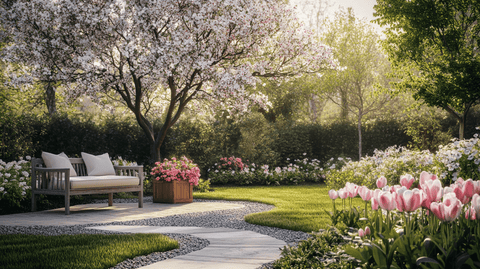



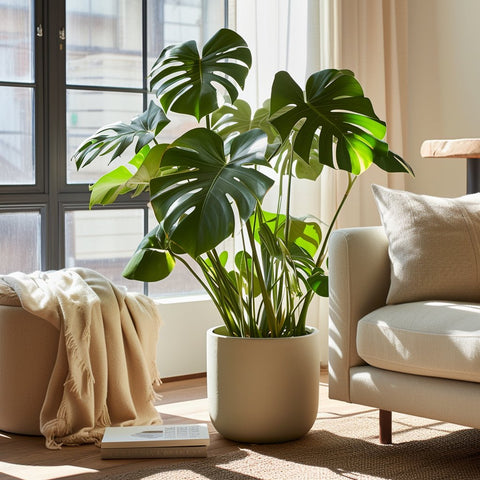


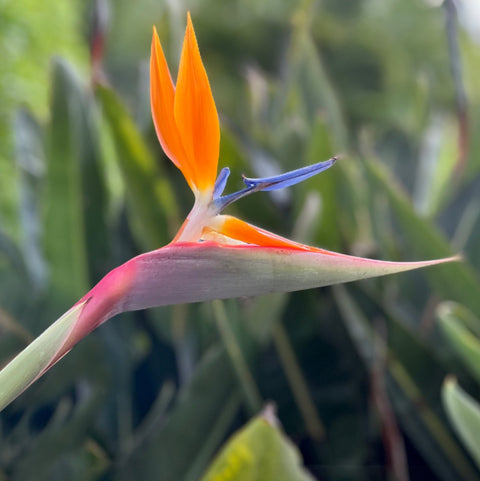
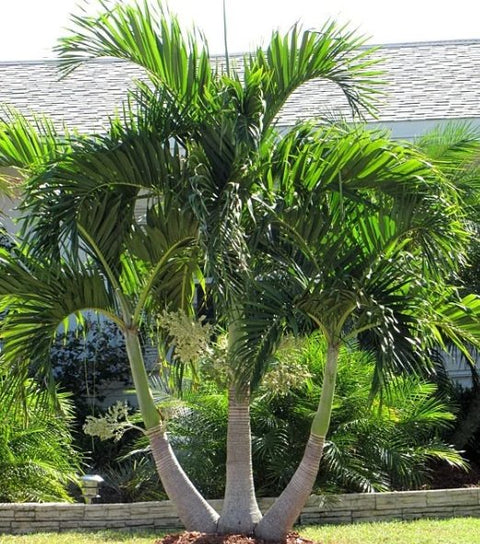
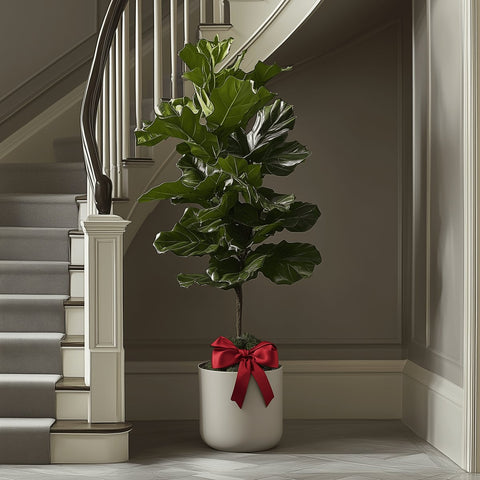
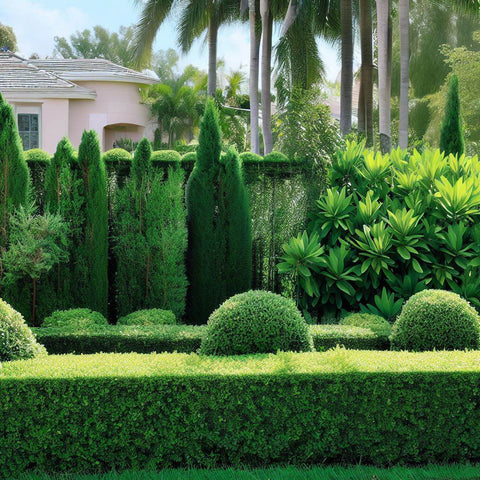





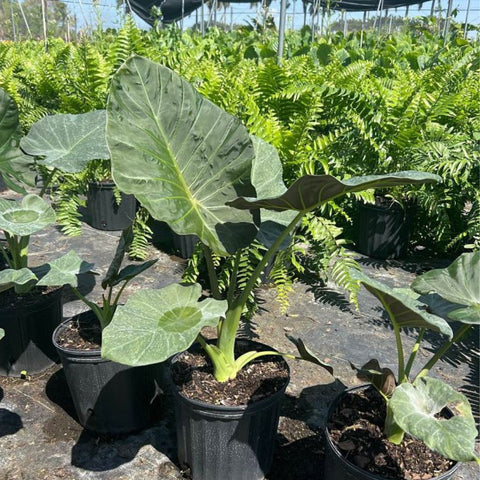
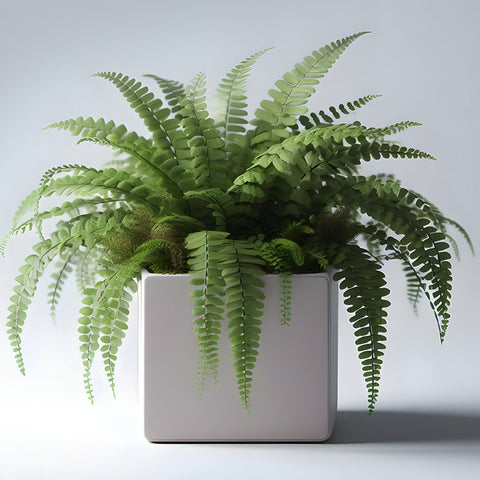
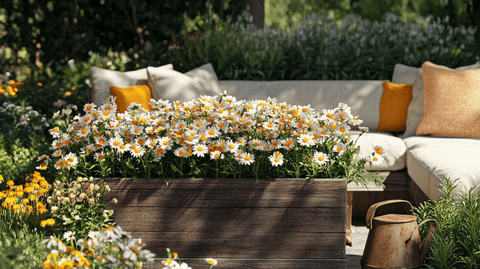



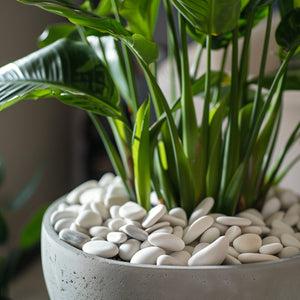

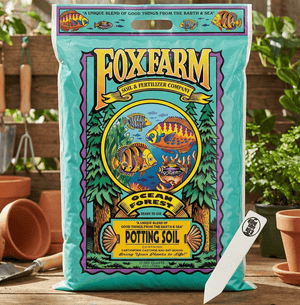
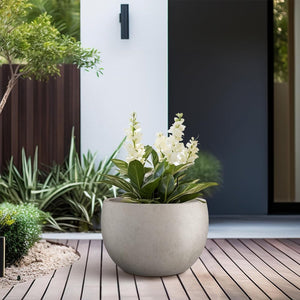



Comments (0)
There are no comments for this article. Be the first one to leave a message!